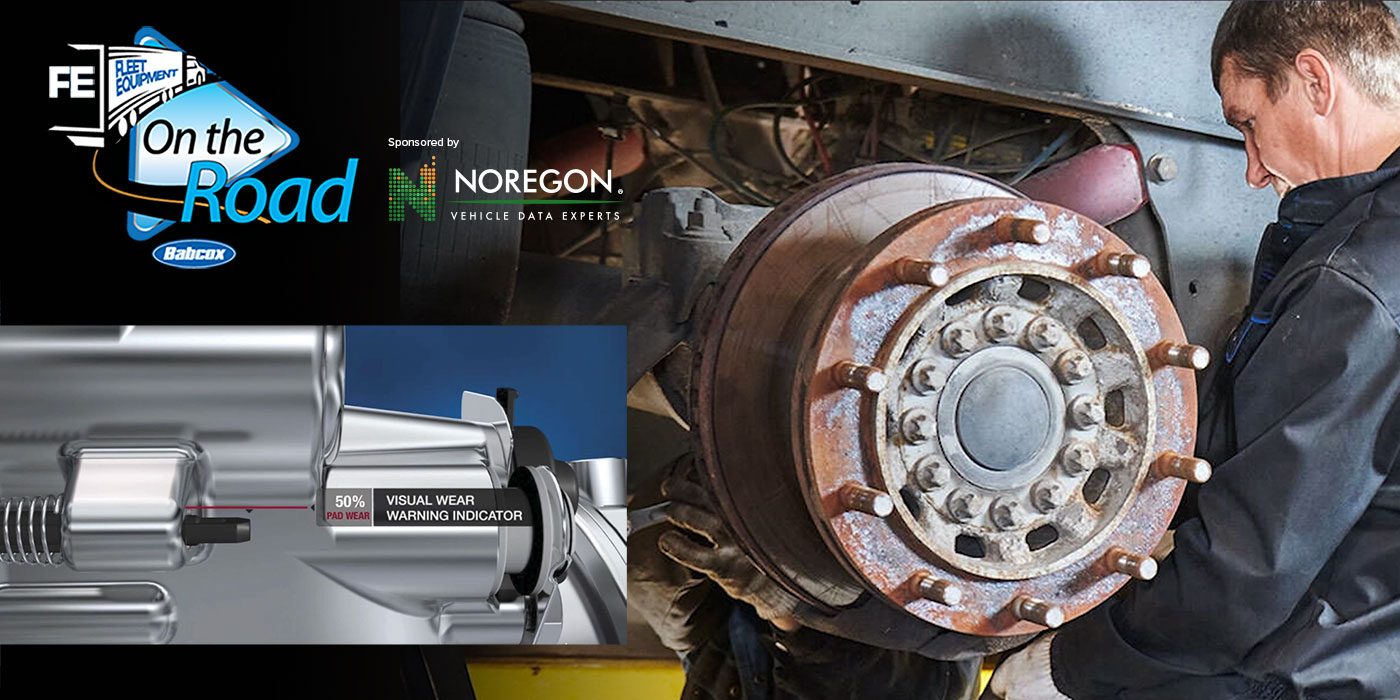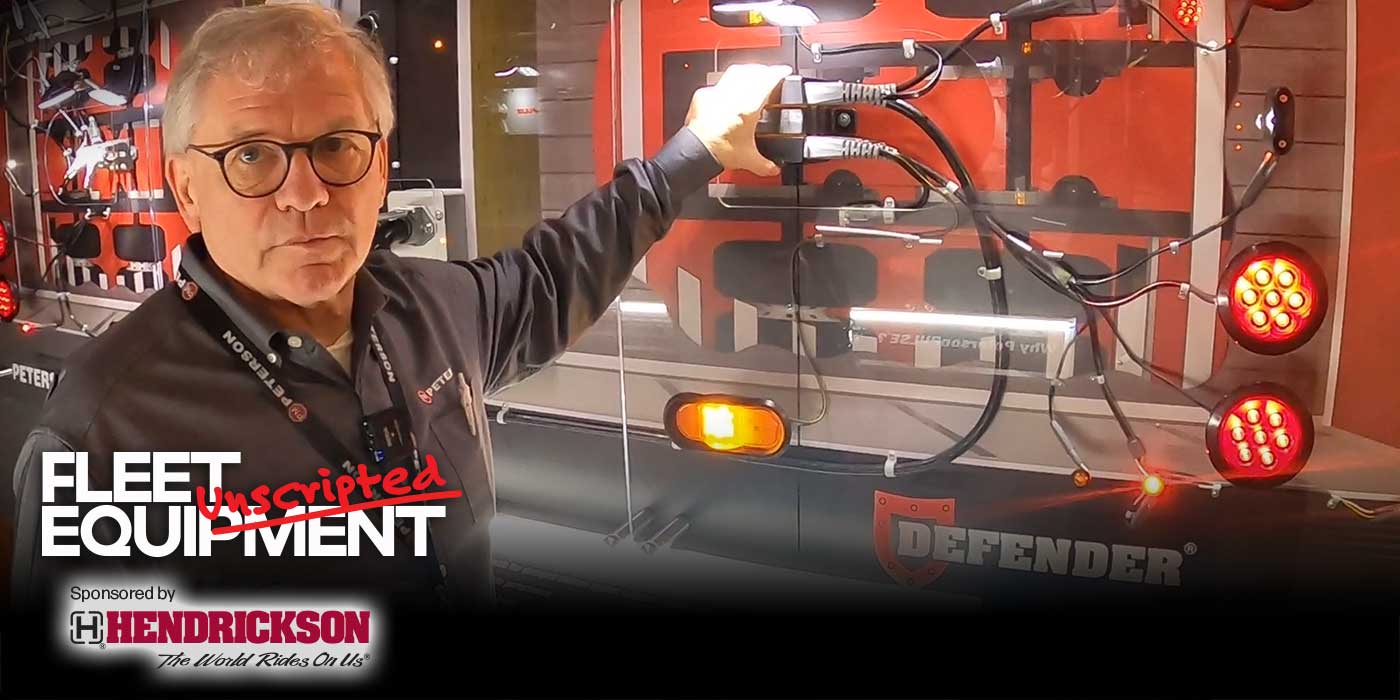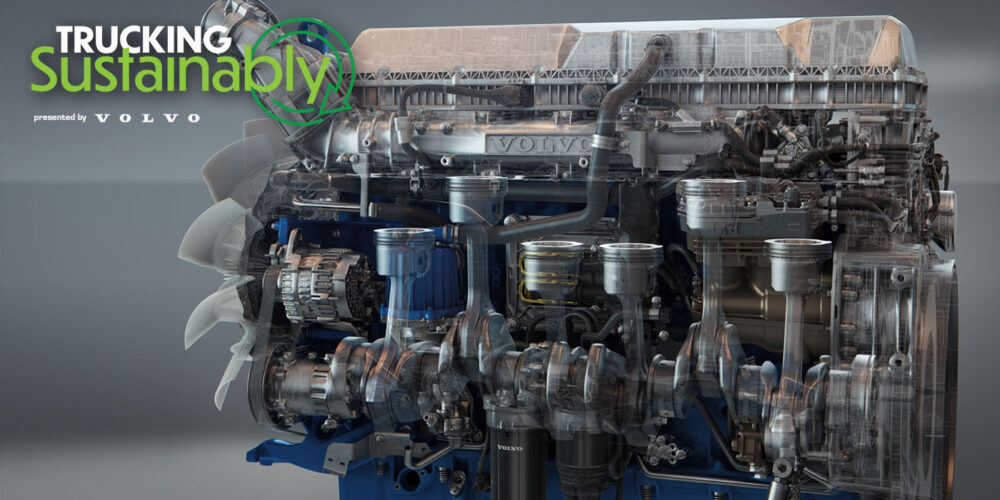My first time in a Class 8 truck wasn’t the typical experience. You see, the trailer was still loaded, there was someone in the driver seat and yes, we hit the highway just like many other trips begin. But in this case, the truck was driving itself. The realization didn’t hit me until I felt the truck merge lanes without any driver intervention and admittedly, this technology does better at navigating today’s busy roads than I ever could.
Now I’m not saying I’m a bad driver, but while I was learning to sit behind the wheel, it wasn’t the most pleasant experience. If you don’t believe me, ask my dad about my first on-highway excursion he bore witness to.
“We still have nightmares… Thanks Tess.”
Although I have honed my driving skills significantly since my teenage years, it is an indisputable reality that imperfection is inherent to our human nature. This is exactly the reason why technology solution providers in the heavy-duty space have turned to autonomy to mitigate the on road hazards.
While I sat in the cab of the Freightliner Cascadia equipped with Torc’s self-driving software, Andrew Culhane, Torc’s chief strategy officer, explained that the autonomous technology acts purely off of the real-time data it receives from the vehicle’s LiDAR, radar and camera technology, thus forming its decisions with utmost precision and calculation. This system remains impervious to factors such as distractions, traffic volume, weather, mood, driver fatigue, or the pressures of meeting delivery windows, which oftentimes greatly impacts driver behavior, ensuring unwavering performance from point a to point b.
Now, that’s not to say driver’s will be replaced any time soon, but for middle mile stretches where driver intervention is minimal, autonomous technology is a great solution being developed by technology companies, each sharing the like-minded goal of creating safer roads. Let’s connect with Nick Elder, director of strategy at Torc, to see where this technology is headed.
“When we think of autonomy in the class eight space, this is not a technology that’s going to move rapidly throughout the entire industry. This is not going to move all freight for all people, in all geographic regions, in all conditions and all types of freight. I think what we’re going to see, and certainly what Torc envisions seeing is we’re going to target specific lanes, specific types of freight, particular sort of use cases that are most conducive to autonomy, and you touched on what that is. That is predominantly these long haul miles.”
In locations with a dense population or frequent stops, requiring driver intervention, such as last-mile, autonomy isn’t yet a practical solution, but it’s perfect for the long stretches with a whole lot of nothing for miles on end.
“When we think about where autonomy brings value, it is those multi hundred mile transports where we can basically take freight, consolidate it at highways and interstate points, where we then can connect it to autonomously capable assets, where then it can drive without a human for, again, hundreds or even thousands of miles between these hub locations, these freight consolidation points.”
The optimal design domain, or ODD, represents the pinnacle of ideal circumstances and surroundings in which the first-generation system can flourish. When it comes to autonomous technology, this domain finds its haven in the landscapes of the Southwestern region of the United States. Now, let’s have Nick delve into the reasons behind this choice.
“When we think about simplifying that ODD and where the initial release of a product will be focused, we think sort of that southwestern portion of the United States, and you’ll see that from not only Torc, but really most of the competitors in the field. We’re talking about focusing in the Arizona and New Mexico, Texas parts of the country. We’ve got environmental conditions that are much more conducive, so limited or no snow, far less rainfall. Those types of environmental constraints, again, help to simplify the problem.”
However, do not be deceived, as this remarkable technology extends far beyond the limitations of human capabilities, owing to its unwavering capacity for calculation that we are not wired to do on the spot. If you have ever experienced the anxiety of being a nervous driver, you can truly appreciate the effect apprehension can have on your driving performance. While we try our best to rely on instinct and the limited information at our disposal, autonomous technology operates solely on certainty, which is precisely where enhanced safety takes center stage.
“The truck is going to be capable of understanding that the conditions are worsening and it’s starting to become outside of its design parameters, and then it’s going to pull over at the next available exit, or in the worst case scenario, even pull over to the shoulder. But ultimately the vehicle will always find itself into a safe state so that, again, safety is paramount.”
Imagine a future of transportation where human expertise and autonomous technology join forces, bringing us closer to safer roads and redefining the way we move forward.
Fleet Equipment’s On The Road is sponsored by Rockland Flooring. Subscribe to our newsletter to catch every episode as we dive into the best practices and servicing information to keep your trucks On The Road.













